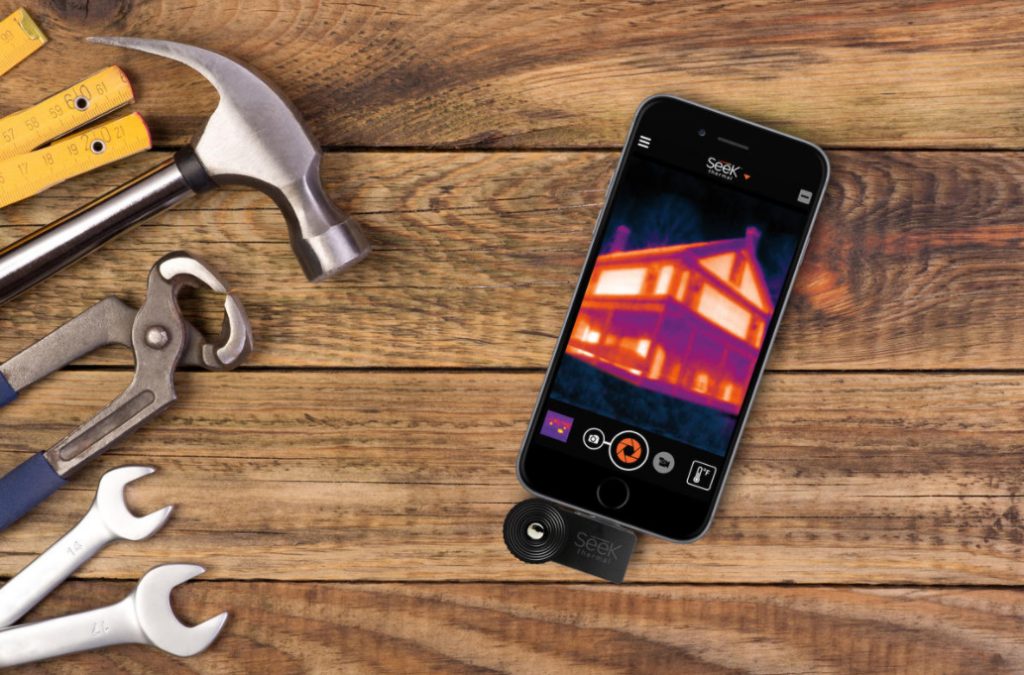Imagine the situation: you have insulated the house, the heating system is working properly, but the rooms are still cold. How do I know why this is happening? Another story: you are going to buy a ready-made house. How do I know if it is well insulated? is the wiring safe? Are the ventilation and heating systems working properly? What is the condition of the floor and roof? to answer all these questions, just one thermal imager and a few minutes of your time is enough.
What is a thermal imager and how it works
A thermal imager is a device that allows you to track the temperature distribution of the surface under study. The device consists of optics and sensors that operate in the LWIR range (infrared). Conventional glass lenses do not transmit LWIR radiation, so lenses for thermal imagers are made of germanium (Ge) or chalcogenide glass. the microbolometer sensor is a matrix of miniature thin-film thermistors. How the thermal imager works: the lens collects and focuses infrared radiation on the sensor, which heats the matrix elements in accordance with the temperature distribution of the observed object. as a result, the screen shows the distribution of temperatures, where light spots are warm, and dark spots are colder.
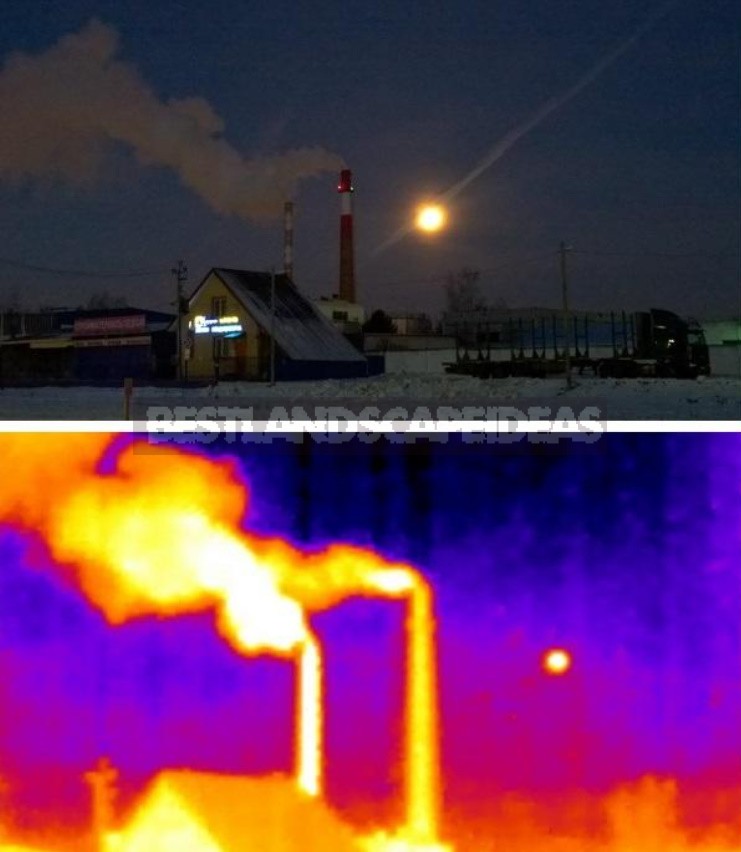
Myths about the seasonality of the instrument
There is an opinion that the thermal imager is a seasonal tool. That it can only be used in winter, when the temperature difference in the indoor and outdoor air is at least 15 ° C. In the summer, of course, it is impossible to ensure such a difference. But in fact it is not necessary. First, the thermal imager is needed not only to detect sources of heat loss. Secondly, there is a technology for conducting energy audits at any time of the year. The fact is that with a small temperature difference inside and outside the house, the leakage of warmer air in natural convection conditions is too slow. During this time, its temperature has time to match the street. But if the leakage rate is increased, the air temperature will not have time to match, and the thermal imager will detect defects. To create such conditions, a device called “Aerodoor” is used. This is a screen with a powerful built-in fan. It is installed in a door or window opening. The fan creates the necessary pressure difference inside and outside the room (about 50 Pa) and, as a result, retains the existing temperature difference. Even for household thermal imagers, a temperature difference of 0.5 to 2°C is enough to conduct a full-fledged thermal audit of the room.
When you can’t do without a thermal imager
Many people have the deceptive impression that the thermal imager can only be used to determine heat loss. In fact, modern thermal imagers allow you to identify:
- construction defects in both private and multi-apartment construction. With their help, you can conduct a full-fledged energy audit of the building;
- the appearance of moisture, for example, a roof leak that has not yet appeared;
- causes of violations in the work of underfloor heating, heating and water supply;
- location of hidden communications;
- electrical fault;
- defects in ventilation and air conditioning systems.
- In addition, some models of thermal imagers can be used to detect a target during hunting with insufficient visibility.
Consider the everyday situations that we have to deal with. So, what can a thermal imager do in practice?
Find construction defects and conduct an energy audit
If the heating costs are suspiciously high, if the batteries are hot, and the house is cold, you need to conduct an energy audit, that is, to understand where the heat goes. When scanning a building with a thermal imager, the screen clearly shows areas of heat leakage from the house or penetration of cold air from the street. the obtained data will help to find and eliminate cold bridges. In this simple way, the problem of unnecessary financial costs is solved and a comfortable climate in the house is formed.
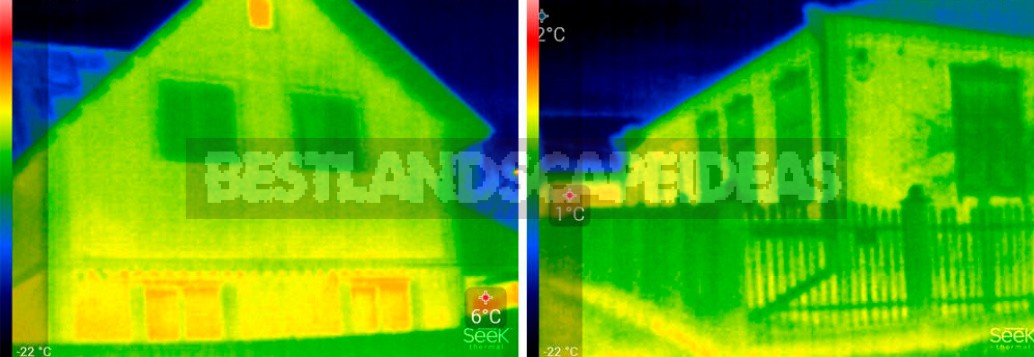
The main sources of heat loss are windows, doors, joints of walls and crowns, but there are cases when thermal failures are found in the most unexpected places. The reasons can be very different, for example, rodents violated the integrity of the thermal insulation, or it got wet and lost its working qualities. It happens that when buying a frame house, new owners find decent cold bridges due to incorrectly laid thermal insulation or its complete absence in some places. The conclusion is obvious: buy a house or apartment-conduct a thermal imaging survey. It will only take a few minutes, but it will save a lot of time, money and, most importantly, nerves.
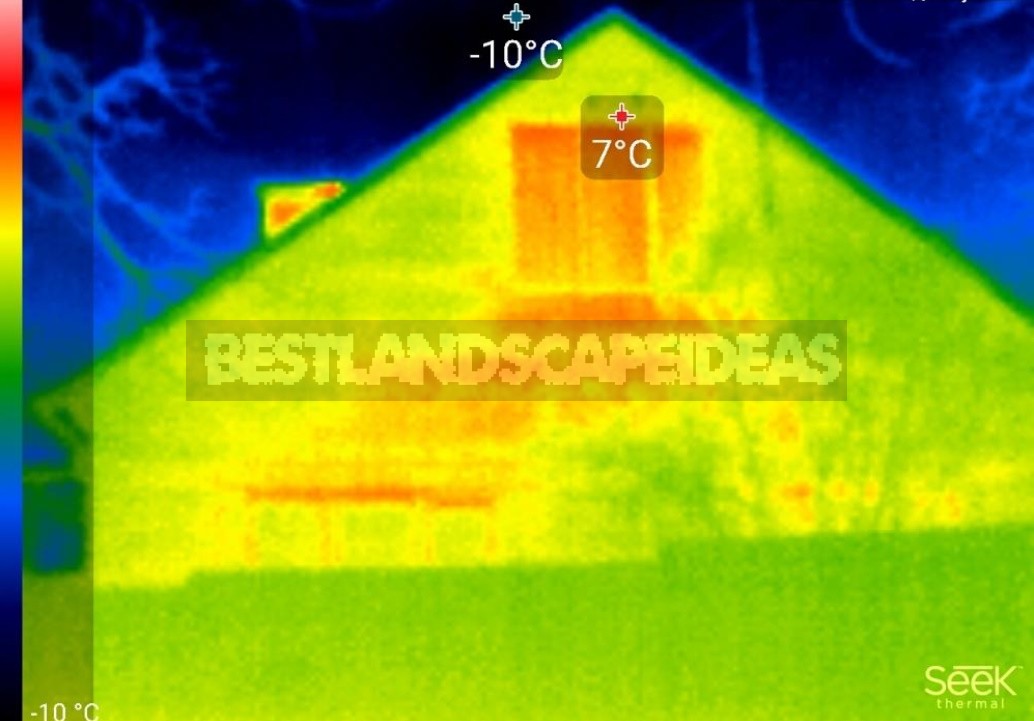
Prevent leaks, rotting rafters and floors, mold formation
Roof leaks or flooding from neighbors on top are not always obvious. blurred spots on the ceiling appear when the water has already passed through the ceiling. But from the moment of formation of a leak to the moment of its detection, it can take a lot of time, which is important to use correctly. the thermal imager detects wet areas that are not yet visible to the eye.
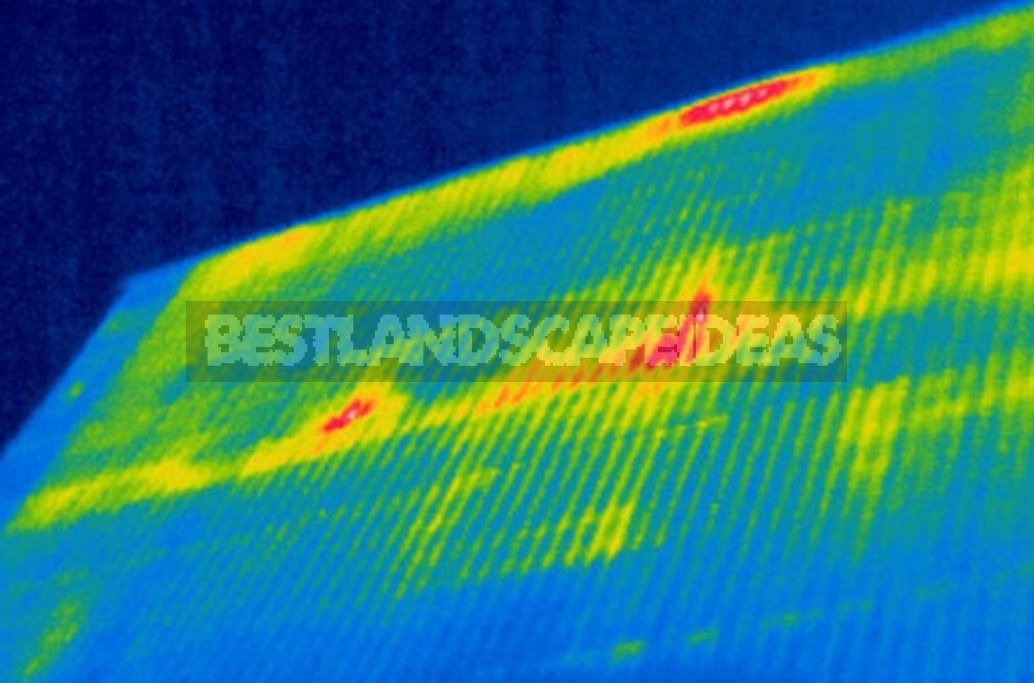
With the thermal imager, you will accurately determine the places where the roof leaks or floors get blocked, thereby preventing damage to property, rotting of the supporting structure and the growth of mold.
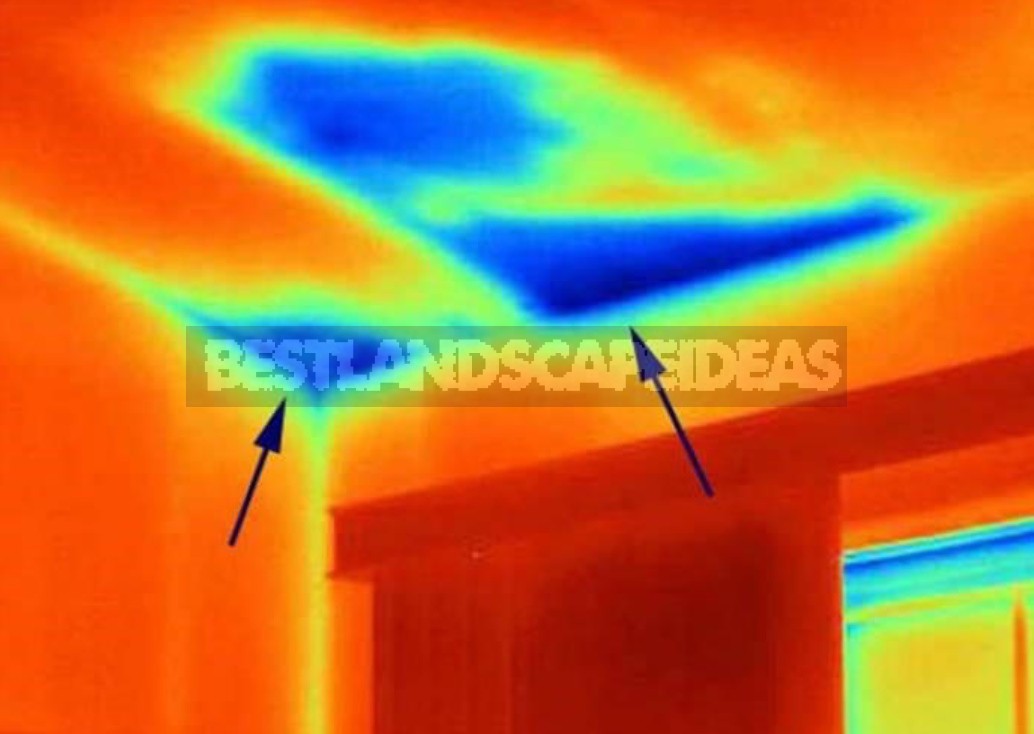
Moisture can enter the room from below. And if this problem is not detected in time, it will turn out not just mold on the walls and a spoiled microclimate of the room. Wooden floor coverings can rot and fail. such problems are familiar to many owners of private homes with low foundations or insufficiently ventilated subfloor. Damage to wooden floors occurs quickly and is almost asymptomatic, so it is especially important to identify the problem at the initial stage. Given the cost of repairing floors, it is better to always keep a thermal imager at hand.

